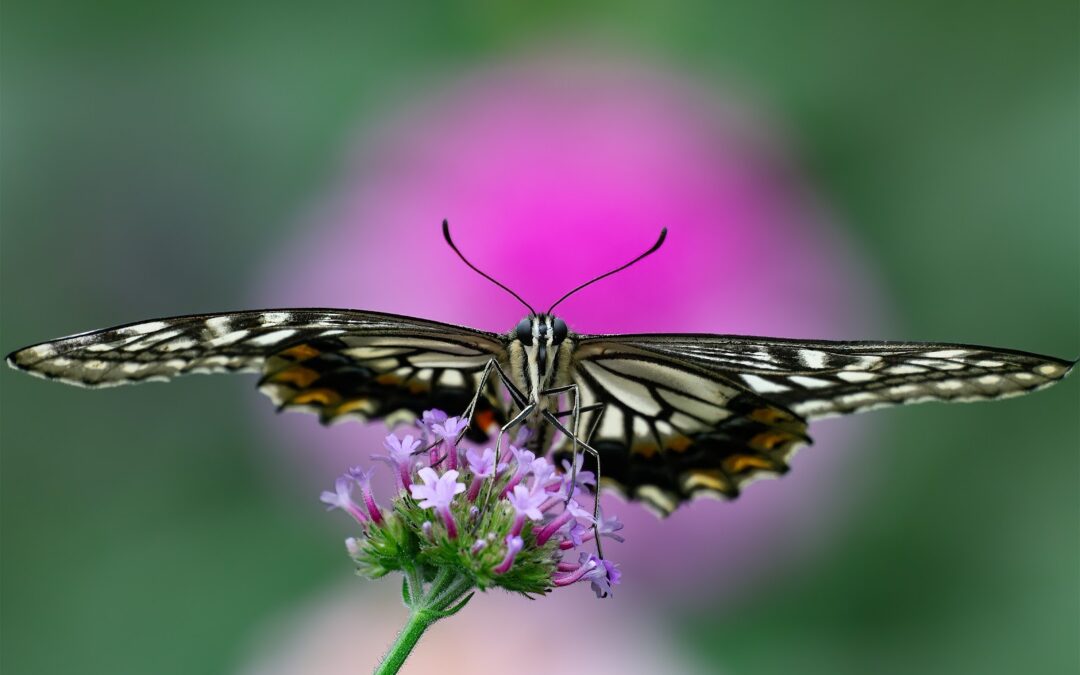Guest Blog Author: John de Graaf
I’m honored to be writing a blog for OneNature and to serve on its Advisory Council. This is truly a breakthrough organization in its understanding of the interconnectedness of all things, its understanding of the right to life of every species with whom we share this beautiful earth, and the fact that our own well-being is tied completely to nature’s gifts and awesome beauty. We don’t need to despoil the earth to be happy and OneNature recognizes how liberating that understanding can be.
It seems almost callous to talk about well-being while so many are suffering, and yet we must because it is our current neglect of the true sources of happiness that, in part, has led us to our current crises.
One of the most important of those sources is beauty—both natural and human-designed. It’s something whose value we often recognize implicitly, yet it is not included in any of the well-being or happiness surveys I’m familiar with.
Pope Francis argued in Laudato Si that if we did not appreciate the beauty of the world and approach it with a sense of reverence and wonder, we would allow the utilitarian destruction of the environment in the pursuit of economic wealth.
As a boy growing up in San Francisco, California, I spent part of each summer in the wilderness with my friends and it taught me lessons about the environment, joy, and the need for beauty.
We walked in beauty, as the Navajo say.
- Beauty above us in the wide crystal sky.
- Beauty below in the fields of colorful wildflowers.
- Beauty before us in mountains, lakes, and waterfalls, in the grand thunderheads and cleansing rain.
- Beauty in the deer that wandered by at dawn and dusk, in the flash of the trout on still water, in the dew on the morning meadows, and in the ever-present song of the white-crowned sparrow.
We need to re-wild our cities and even our rural communities and encourage our digitally enslaved children, especially, to experience trees and flowers and animals and open space on a regular basis. To experience the wonder that beauty brings.
For ideas on how to do this, check out the wonderful European website: www.naturvation.eu.
Studies by the Gallup polling organization have found that access to beauty, especially nature and open space, is one of the three most important predictors both of people’s love for the communities they live in, and the likelihood that they are satisfied with their lives. In place after place, they found that natural and human-designed beauty was even more valued than good schools, high-paying jobs or public safety.
I was struck by the wager of Doug Tompkins, who founded the North Face and Esprit clothing companies. “If anything can save the world, I’d put my money on beauty,” he said.
- The beauty of environmental restoration and wild nature.
- The beauty of cities designed with nature and favoring human locomotion over automobiles.
- The beauty of farms bursting with diversity.
- The beauty of healthy fish and wildlife.
- And the beauty of friendship and good conversation!
The great novelist Dostoevsky, in THE IDIOT, said that beauty would save the world. Quoting Dostoevsky, the Russian poet Yevtushenko added a caveat. “Ah, but who will save beauty?” he asked.
The Harvard philosopher Elaine Scarry makes a powerful case that beauty is not a distraction from justice. Instead, it makes us kinder, more generous, and more tolerant.
Beauty is not solely in the eye of the beholder. Millennia of evolution have made us partial to harmonious and well-tended landscapes and pristine natural settings. Instinctively, we understand them as life-affirming and they bring joy to our hearts.
The Scottish-born naturalist John Muir understood that a rising material standard of living wasn’t enough.
“Everyone needs beauty as well as bread,” he proclaimed.
And perhaps you know what ecologist Aldo Leopold said:
“A thing is right when it tends to preserve the integrity, stability, and beauty of the biotic community. It is wrong when it tends otherwise.”
Stewart Udall, about whom I’m making a new film, was the first American political figure to warn about global warming—in the mid-1960s. He advocated what he called “the economics of beauty.”
“An increasing Gross National Product,” he wrote in 1968, “has become the Holy Grail, and most of those economists who are its keepers have no concern for the economics of beauty.”
It’s time that we find ways to add beautiful natural and built surroundings to our well-being measures. It’s time we turn back from the cliff that our current passion for economic growth leads us inexorably towards, and, instead, appreciate the beauty of the earth.
On a cold January day in 1912, thousands of workers walked out of the textile mills of Lawrence, Massachusetts, striking for a small increase in wages and a decrease in their working hours.
It is said that they carried a banner as they marched through Lawrence. On it were the words: WE WANT BREAD AND ROSES TOO! The bread was the symbol of money; indeed, the pay raise they demanded would have meant four more loaves of bread on their tables each week. But as poor as they were, these women knew that they could not live on bread alone.
The roses were the symbol of the non-material things in life—art, nature, beauty, love–that are worth so much. We need to value these things just as those poor women did. For decades we knew we needed roses. But as the consumer society came to dominate our lives, the roses were left to wilt.
It’s time to water them again.
John de Graaf is a writer and filmmaker and member of the OneNature Advisory Council. His newest film is STEWART UDALL AND THE POLITICS OF BEAUTY: www.stewartudallfilm.org
